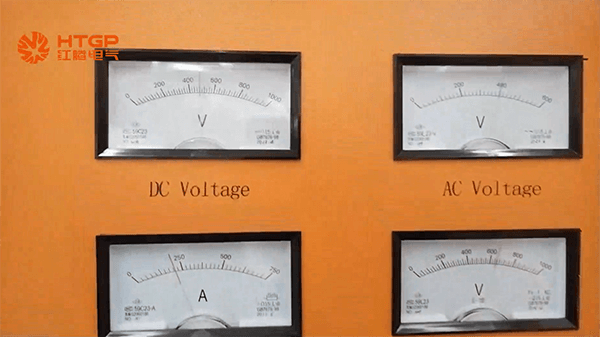How Much Is the Power Consumption in Induction Furnace?
The power consumption of an induction furnace can vary depending on several factors, including the size and design of the furnace, the type of material being melted or heated, and the operating parameters.
Induction furnaces are used primarily for melting and heating metal alloys. They work by using electromagnetic induction to generate heat in a conductive material placed within the furnace. The power consumption is primarily determined by the energy required to melt the material and overcome any heat losses during the process.
The power consumption of an induction furnace is typically measured in kilowatts (kW) or megawatts (MW). Small induction furnaces used in foundries or laboratories may have power ratings ranging from a few kilowatts to tens of kilowatts. Medium-sized industrial furnaces can have power ratings in the tens or hundreds of kilowatts, while large-scale furnaces used in heavy industry may have power ratings in the hundreds of kilowatts to several megawatts.

Factors Affecting the Power Consumption in Induction Furnace
Power Supply
Induction furnaces require a three-phase power supply to operate efficiently. The power supply frequency is typically 50 or 60 Hz, depending on the region. The power supply voltage and current ratings need to be appropriate for the furnace’s power requirements. For the medium-frequency induction furnaces, the power supply frequency is from 60 to 10,000 Hz. Thus, you may need a transformer to get the specific power supply frequency.
Power Factor
Power factor is an important consideration in induction furnace operation. It is a measure of how effectively the furnace uses the supplied power. A higher power factor indicates a more efficient use of electrical power. Induction furnaces generally have a power factor ranging from 0.8 to 0.95, but some advanced furnaces can achieve even higher power factors.
Efficiency
The energy efficiency of an induction furnace is influenced by various factors, such as the design of the furnace, the quality of the refractory lining, and the control systems in place. Efficiency refers to the ratio of useful energy output (heat generated for melting) to the total energy input (power supplied to the furnace). Higher efficiency results in lower power consumption for a given melting capacity.
Heat Losses
Induction furnaces experience heat losses during the melting process. These losses can occur through the walls of the furnace, the crucible or lining, and other components. Improving insulation and employing advanced refractory materials can help minimize heat losses and enhance the energy efficiency of the furnace.
Melting Capacity
The power consumption of an induction furnace is also dependent on its melting capacity. Smaller furnaces with lower melting capacities typically consume less power compared to larger furnaces used for high-volume production.
Control Systems
Advanced induction furnaces may feature sophisticated control systems that optimize power consumption. These systems adjust various parameters such as power levels, frequency, and coil design to achieve efficient melting while minimizing energy usage.
At last
It’s important to note that power consumption alone may not provide a comprehensive understanding of the energy efficiency of an induction furnace. Factors such as melting efficiency, power factor, and heat losses should also be considered when evaluating the overall energy performance of an induction furnace.

